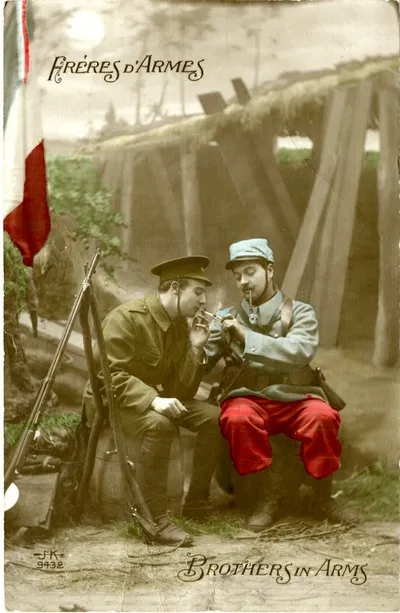The Romance of the Archive
Published on 13th February 2024
This month’s display in Reading Room looks to love and romance. Of course, famous love stories have inspired many works of art, theatre and music.
Drop in and see the display during February.
The Reading Room is located on the first floor of Pearse Street library and is open from 10.00-20.00 Monday-Thursday, and from 10.00-1700 on Friday and Saturday.
On display are programmes for Micheál Mac Liammóir’s Diarmuid and Gráinne at the Abbey Theatre, the Dublin Opera Society’s Romeo and Juliet at the Gaiety; beautifully illustrated poems printed at the Cuala Press and a limited edition print of Samuel Beckett’s Lady Love / L’amoureuse.
The complexities and contradictions of romantic entanglements provide great scope in both literary fiction and popular novels. Gothic romance used themes of love, lust, the supernatural, mystery and melodrama to excite the reader.
Dublin born Joseph Sheridan Le Fanu wrote the Gothic novella Carmilla in 1872. This tells the story of the relationship between the teenage Laura and the mysterious Carmilla, a vampire, and influenced Bram Stoker’s famous Dracula. The edition on display was illustrated by Edward Ardizzone in 1929.
Image: Lady Love / L’Amoureuse by Samuel Beckett, translated by Paul Éluard, Editions Petropolis, Paris (2006) from the Collections of Dublin City Library and Archive
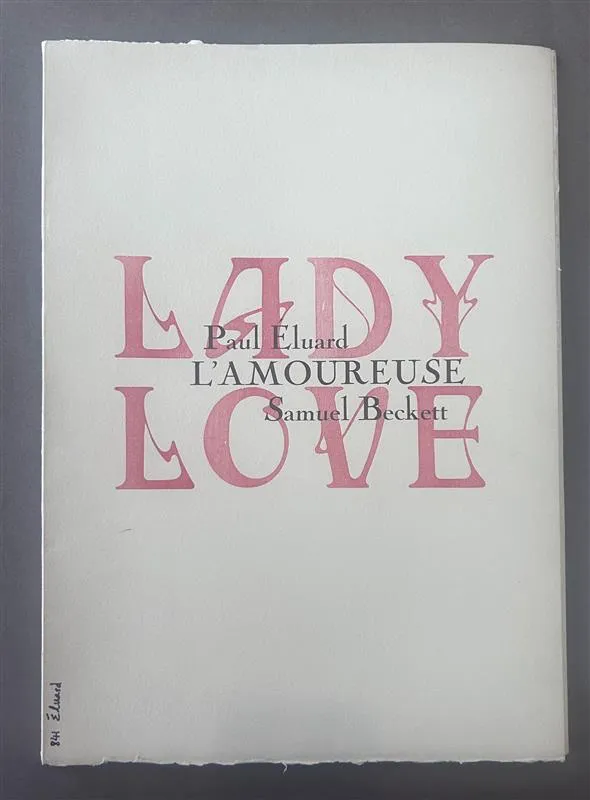
Book covers had to attract attention in crowded market for romantic stories.
The display features covers of Thornwood (1966) and The Man from Australia (c.1930), both by Dublin authors, show the influence of film on cover designs throughout the twentieth century, with star quality love interests embracing in cinematic style. Both tell love stories that involve concerns of their day: Smith focuses on the character of a strongly independent woman, whilst Tynan examines the theme of a returning emigrant. William Trevor’s The Ballroom of Romance (1972) deals with the gritty reality of looking for love in the dancehalls of rural Ireland in the mid-twentieth century.
The Man from Australia by Katherine Tynan, W. Collins Sons & Co., London, c.1930, from the Collections of Dublin City Library and Archive
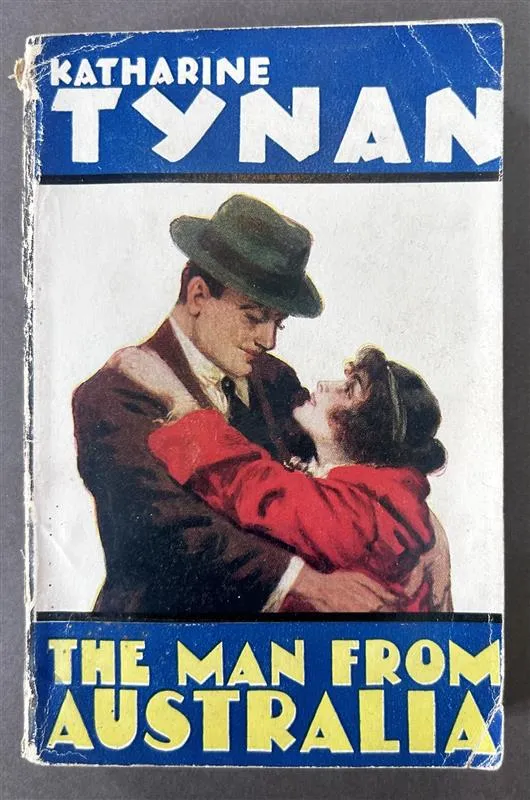
Love Letters and Lonely Hearts
Lonely Hearts columns and classified advertisements have been a feature in newspapers and magazines for at least 300 years. Originally referred to as ‘matrimonial advertisements’, they give us a fascinating insight into how norms, hopes and expectations changed over time. From the professional lady who advertised for a “little wife” to the “bloke, bored living alone” they give us a snapshot of the emotional lives of readers before the arrival of dating sites and apps.
Love letters are perhaps the most intimate and abiding expression of love. Especially poignant are the letters and postcards between soldiers and their loved ones during the First World War. As postal communication was the only means of contact at that time, it was vital to maintaining morale amongst the troops.
The postcards on display helped soldiers, their sweethearts and families to stay connected.
Some come from the Monica Roberts collection – Roberts was a young Dublin woman who set up a 'Band of Helpers to the Soldiers' to provide gifts and comforts to men at the Western Front, and you can see more of the collection HERE
On Display: The Man from Australia and the Ballroom of Romance from the Collections of Dublin City Library and Archive
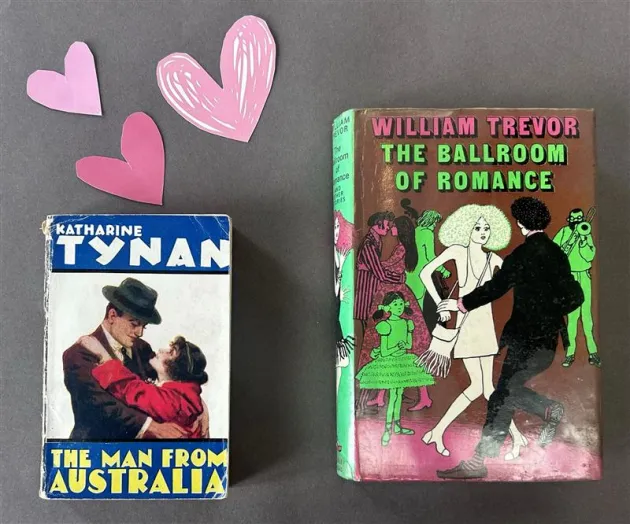
Image: We are close to you in thought, Postcard DCLA/RDFA1.09.036 from Edward Heafey to Monica Roberts from the Monica Roberts Collection / Dublin City Library and Archive
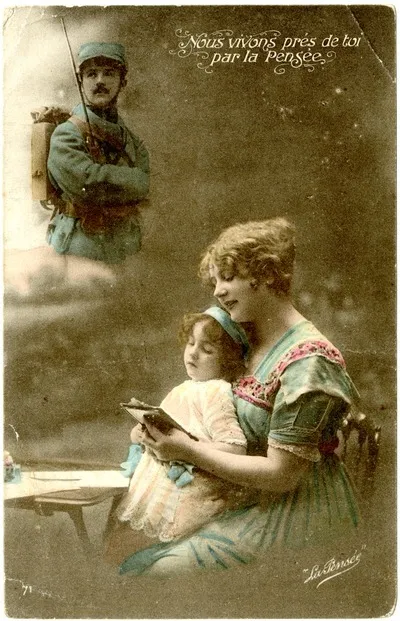
Image: Comrades, Postcard DCLA/RDFA1.09.058 from Edward Mordaunt to Miss K Roberts, from the Monica Roberts Collection / Dublin City Library and Archive
